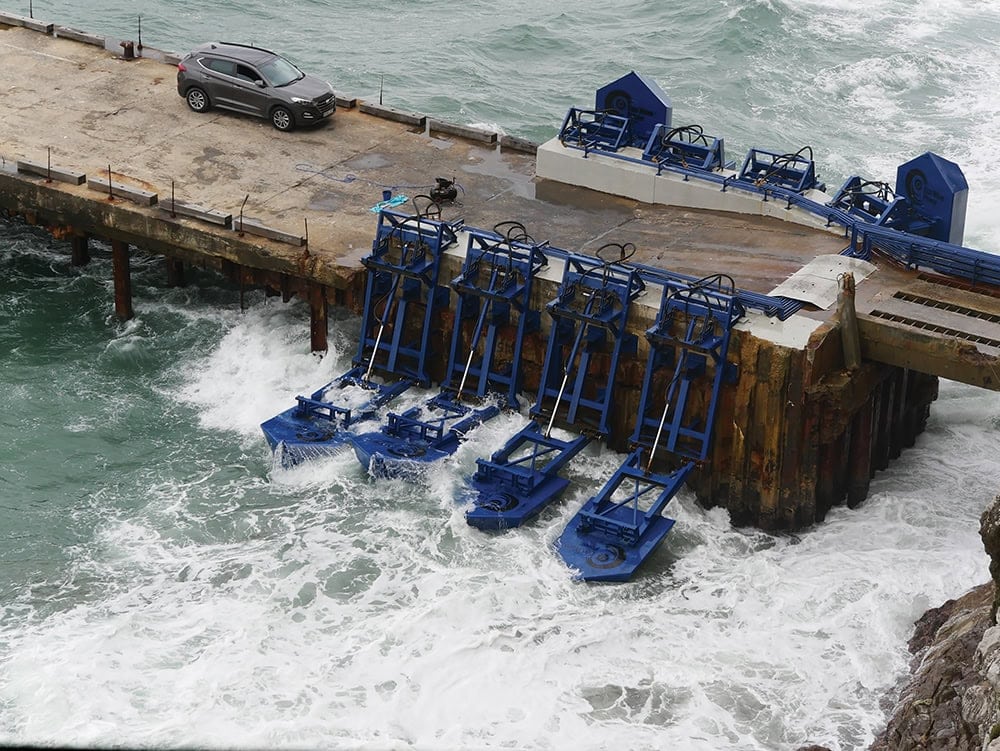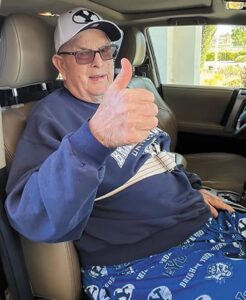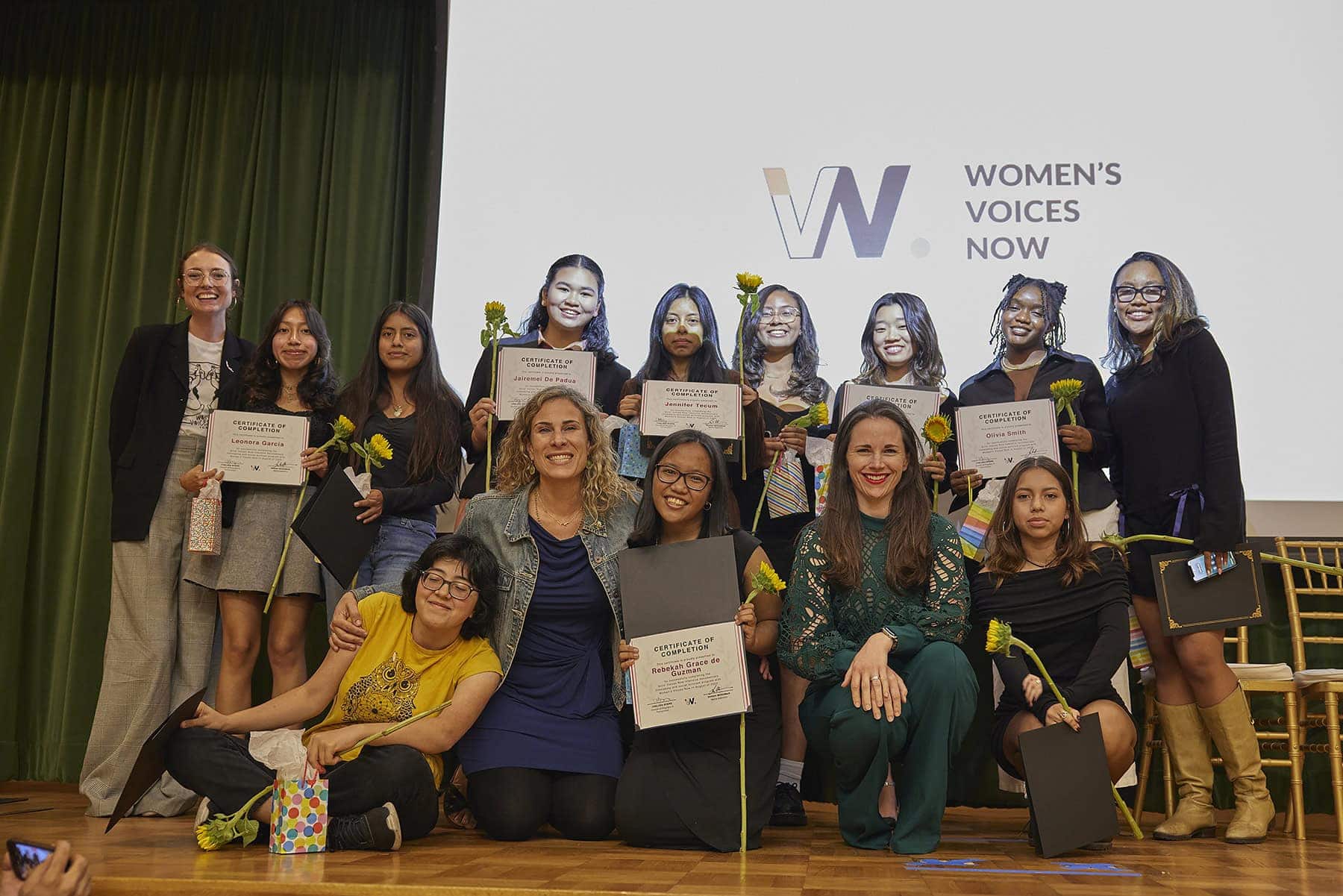When Anthony Pirozzi began recording his father’s stories back in 2001, he never imagined it would lead to a book more than 20 years in the making.
What started as a simple attempt to preserve family memories evolved into something much more—a deeply personal memoir that celebrates heritage, explores the bonds between generations, and encourages others to document the stories that shape their lives.

“I knew that my dad was my last connection back to the old country,” recalls Pirozzi. “I started asking him more questions, and I thought, ‘I’m going to record them and just write them for my family.’”
Armed with a single cassette tape and three typed stories—one titled War, another Apricots and Figs (which would become the memoir’s title), and one more titled The Skiff—Pirozzi shared the initial version with his siblings as a Christmas gift in 2003. But something was missing.
“I hadn’t been to Italy with my dad yet,” he explains. “When he was describing people and places, I didn’t know them. I kept bugging him to go back.”
That wish came true in 2005. Pirozzi convinced his father, Tony, to travel with him to Ischia, their ancestral home. “You always tell me, ‘Don’t forget where you come from,’ but I need to know where I come from,” he told his dad. His father finally agreed—on the condition they plan the trip around two soccer games.
Pirozzi would later chronicle the trip in the September 2005 issue of the original San Pedro Magazine, appearing on the cover with his dad.

That trip became the emotional core of the memoir. “I was walking through all of the stories live. We’d stop, and he’d say, ‘Anthony, this is where the apricots and figs story was,’” remembers Pirozzi. “Once I stood in full view of the castle for the first time… it was very emotional. I felt like I was home.”
As the writing process unfolded, Pirozzi realized the story wasn’t just about his father. It was about him, too.
“I had stories, but there was no dialogue. Just, ‘Me and my dad went here, we went there,’” he admits. “Then my writing coach asked, ‘What about your story?’ I said, ‘This is about my dad.’ And he said, ‘Well, that’s a good memoir for your family, but who’s going to care?’ That’s when I knew I had to include my own voice.”
The final book alternates between his father’s memories and his own, drawing connections between the two. “I saw a lot of similarities in the way I grew up [in San Pedro]. I didn’t really understand how much we had in common until I started writing,” he shares.
That includes a shared passion for sports—particularly soccer. “I was all about baseball as a kid,” says Pirozzi, a 1983 San Pedro High School graduate. “I used to tell my dad, ‘Baseball’s better than soccer.’ And he would look at me and say, ‘What do you know?’”
But soccer eventually became a shared passion—especially in 1982, when Italy won the World Cup and his father led a massive street celebration in San Pedro.
“The morning of the World Cup final, before the start of the game, Dad announced on his Sunday radio program, ‘When Italy beats Germany, we’re going to celebrate in San Pedro.’ He didn’t say ‘if.’ He said, ‘when.’ Two thousand people showed up to celebrate!”
His dad’s love of the game ran deep. “When he got here in 1956, there was no soccer,” Pirozzi explains. “So, he wrote a letter to RAI, the Italian radio network in Rome, to figure out how to get scores.” That one letter led to him receiving the scores via shortwave radio, broadcasting them each Sunday from radio station KTYM—and eventually, community-wide soccer game viewings.
“He was pioneering this stuff,” recalls Pirozzi. “He’d record the games via his newly purchased satellite dish, then show them at his TV shop—Tony’s TV on Gaffey. That shop was central to so much.”

It was in that very shop, surrounded by televisions in for repair, that Pirozzi’s own career path quietly took root.
“I had no plan for college,” he recalls. “So, I thought, ‘Let me take some electronics classes at Harbor College. Maybe I can help Dad at the shop.’” That decision led him to Cal Poly Pomona, a LMU master’s degree, and a 30-year engineering career in satellite communications at Hughes Space & Communications/Boeing in El Segundo. “I always say, I can put a satellite in space, but I could never fix a television.”
Pirozzi’s father passed away on August 13, 2020. Finishing the book became both a tribute and a healing process.
“Writing helped me mourn my dad,” says Pirozzi. “There were times I didn’t have the answers, but they would come to me, and I’d think, ‘Alright, Dad, thanks.’”
Seeing the finished product was an emotional moment. “When I opened the proof copy, I didn’t plan on getting emotional, but I did,” he admits. “It was real now. It existed. It felt like I had honored my father the way I wanted to.”
But beyond honoring his dad, Pirozzi hopes the book encourages others to preserve the stories in their own families.
“Don’t assume you’ll have time,” he warns. “Sit down with your parents or grandparents. Record them and ask them one question. Just one. And they’ll just go.”
“You don’t have to write a book. But get the stories. Take notes. You’ll be surprised at what you learn.”
His memoir is filled with those kinds of stories—his parents’ courtship (“Dad didn’t propose. My mom just told him the wedding date!”), the journey of coming to America, growing up in San Pedro, and a deep appreciation for the quiet, meaningful moments.
“For me, I don’t think about all the great things my dad did,” he says. “I think about watching soccer with him, then eating pasta at halftime with him and mom. It’s the little things people remember. Not accomplishments, but how you made them feel.”
It’s those small things—family dinners, shared traditions, familiar routines—that form the heart of Pirozzi’s memoir. And now that the book is complete, he sees it not just as a tribute to his father, but a reflection of the community that helped shape them both.

“I wanted it to be more than just about us, but rather an experience for the reader to see themselves in these stories,” he says. “It doesn’t matter where you’re from—Mexico, Italy, Croatia, anywhere. I tried to show that this immigrant father-son story is everyone’s story.”
Family, of course, remains at the center of it all. Pirozzi credits his wife, Carolyn, for supporting him every step of the way. Together, they raised three sons—Antonio, Vincent, and Luca—who, he says, helped him reflect on what it means to pass down stories, values, and traditions.
And while the book focuses heavily on his father, he also makes space to honor his mother, Cookie, whose steady presence helped shape the family’s journey.
“My mom taught me to stand up for what I believe in and to do what’s right, and Dad instilled in me passion for my Italian heritage, soccer, and community. I have been truly blessed,” he says.
With heartfelt storytelling, generational wisdom, and a whole lot of love, Anthony Pirozzi’s memoir is a powerful reminder that the most important stories are often the ones closest to home. spt
Apricots & Figs: An Immigrant Father-Son Story is available at Amazon.com.



























